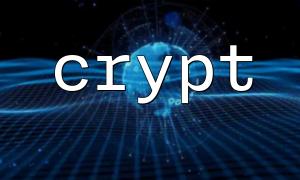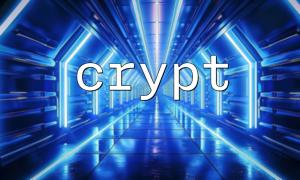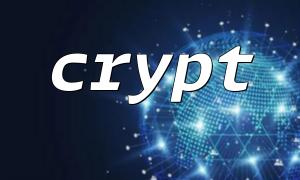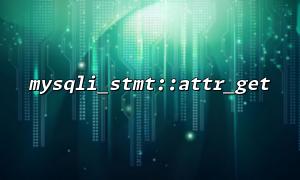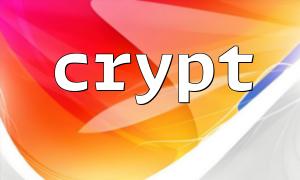In PHP, the crypt() function is a function for hashing passwords, and generates encrypted strings based on different encryption algorithms. Many developers may consider directly using the hash value generated by the crypt() function as a token when implementing authentication or token mechanisms. So, can the hash value generated by crypt() be safely used as a token? This article will analyze this.
The basic usage of the crypt() function is as follows:
$hash = crypt($password, $salt);
$password is a string (usually a password) that needs to be encrypted.
$salt is the "salt" required for encryption to increase the uniqueness and security of hashing.
According to the passed salt parameters, crypt() will select different encryption algorithms, such as DES, MD5, Blowfish (starting with $2a$ ), etc.
A safe token needs to meet the following conditions:
Uniqueness : The tokens generated by different requests should be different to prevent replay attacks.
Unpredictability : Attackers cannot infer other tokens through known tokens.
Enough length and complexity : ensures that it is difficult to brute-force crack.
Prevent forgery : It cannot be easily forged or tampered with.
The main purpose of crypt() is to have one-way hashing the password. Although the hashing result safely saves the password digest, it is not completely suitable for generating tokens, for reasons including:
crypt() uses the same input and salt and generates the same hash value. If you use the password as input directly and the salt remains unchanged, the token will be fixed, which is not conducive to generating a unique and changing token.
If the salt is not designed well, it may lead to the token being predictable and then guessed or reused by the attacker.
This causes the token to be reused in different sessions or requests, losing timeliness.
To ensure the security of the token, the following methods are recommended:
PHP can use random_bytes() or bin2hex(random_bytes($length)) to generate high-intensity random strings:
$token = bin2hex(random_bytes(32)); // 64Random string of bit length
Use hash_hmac() to encrypt random strings to ensure the integrity and non-forgery of tokens:
$secret_key = 'your_secret_key';
$random_string = bin2hex(random_bytes(16));
$token = hash_hmac('sha256', $random_string . time(), $secret_key);
Standard libraries such as JSON Web Token (JWT) can generate secure tokens, including user information and expiration dates, and can verify signatures.
The hash value generated by the crypt() function is mainly suitable for password storage, and is not suitable for use as a token directly:
Its output lacks randomness and timeliness.
It is easy to cause tokens to be fixed and predictable.
Managing salt values is complex and inconvenient to dynamic token generation.
Therefore, it is recommended to use special random number functions and signature algorithms to generate safe and unique tokens.



